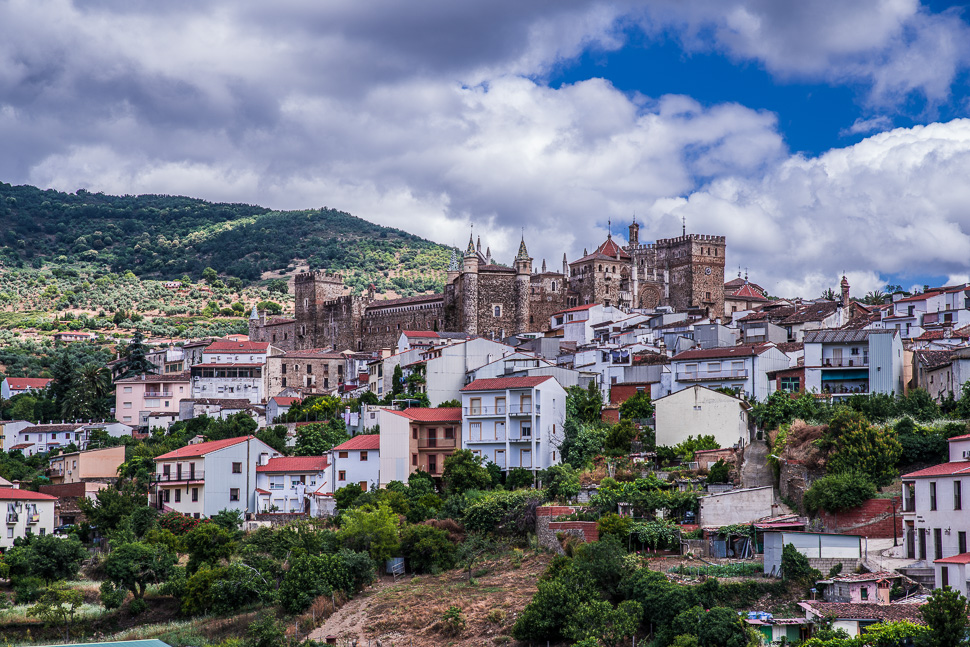
In the very East of the Extremadura lies the Royal Monastery of Santa María of Guadalupe, for centuries the most important cloister in Spain, inextricably linked with the Spanish campaigns of conquest in America. The Catholic kings Isabella I of Castile and Ferdinand II of Aragón received Christopher Columbus here in 1486 and 1489. He made his first pilgrimage after returning from his discovery of America to Guadalupe.
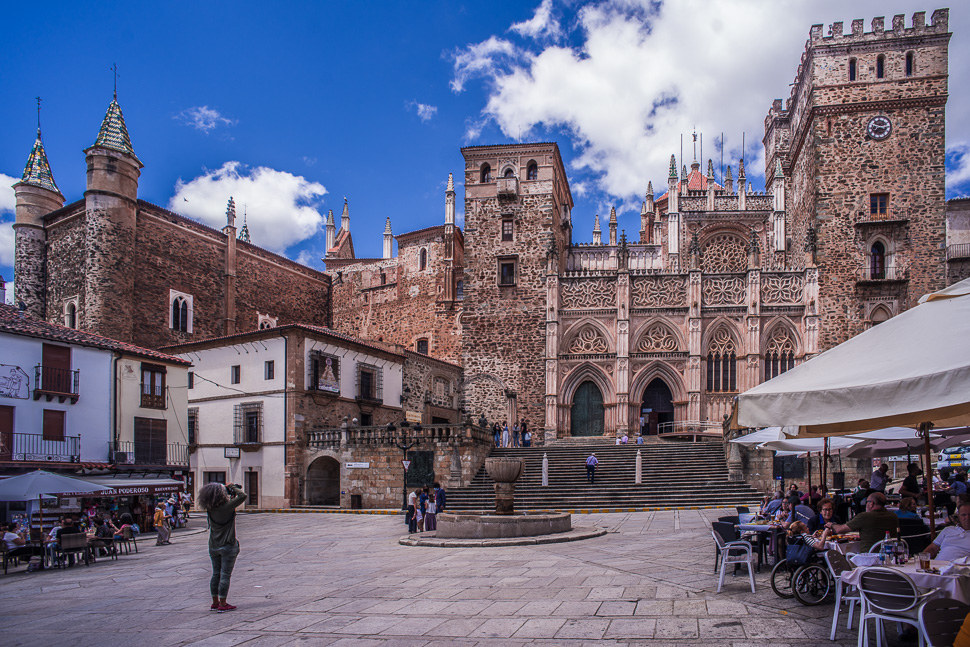
It became a custom for conquistadors, many of whom had their home in Extremadura, to go to the Virgin of Guadalupe to request support for their ventures. In the following years the Virgen de Guadalupe was proclaimed not only the patroness of Extremadura, but also the queen of all Spanish-speaking countries in the world.
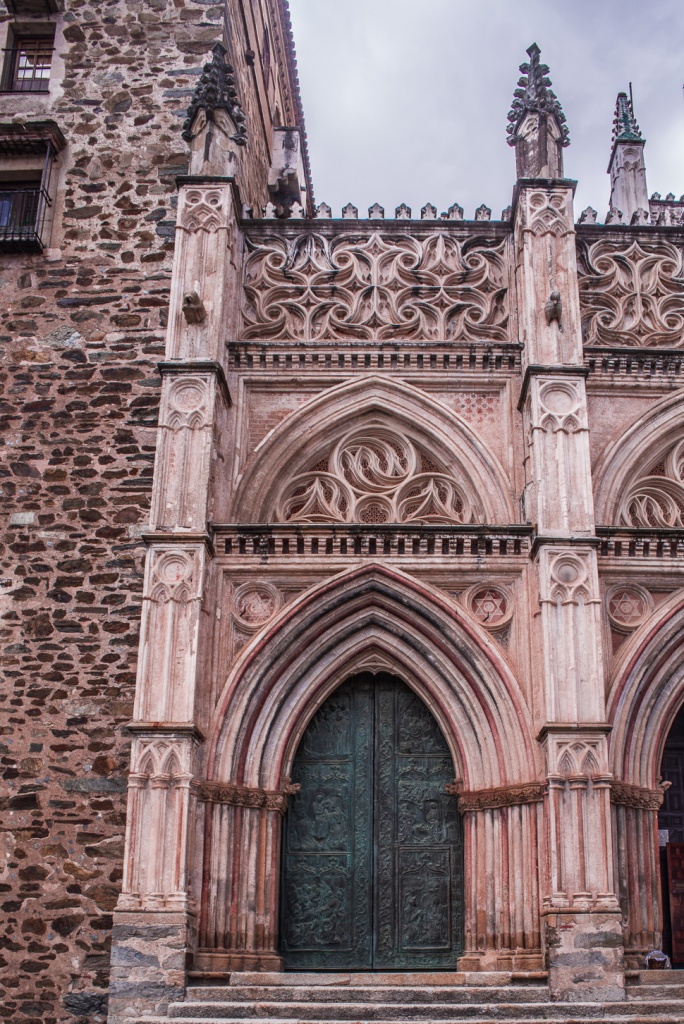
The cloister can be visited on a guided tour, but we first went into the church, where a wedding was held.
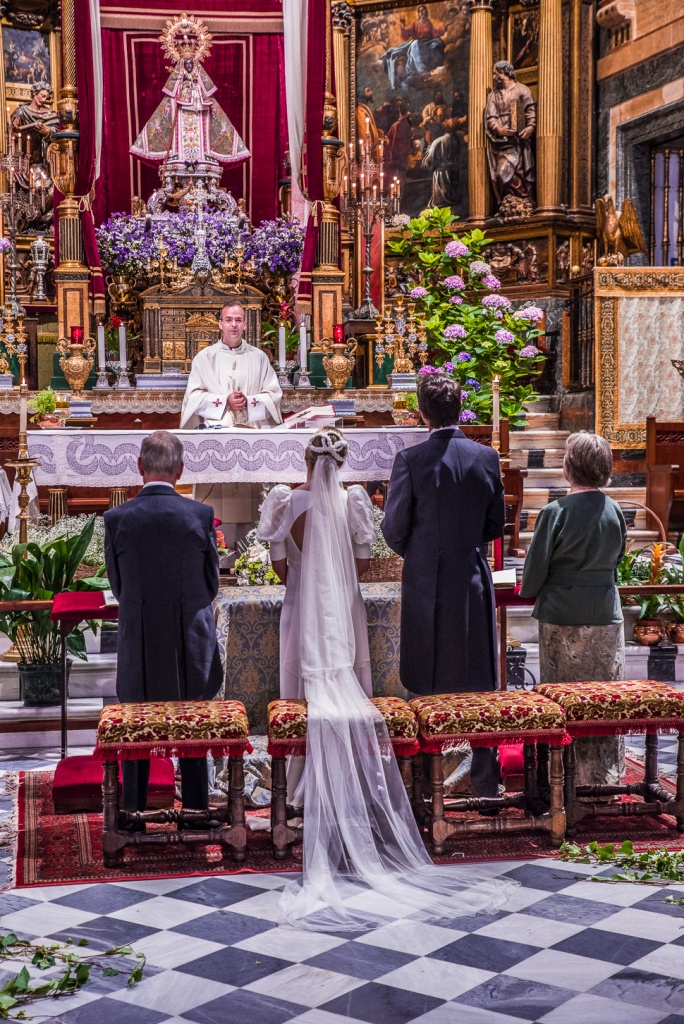
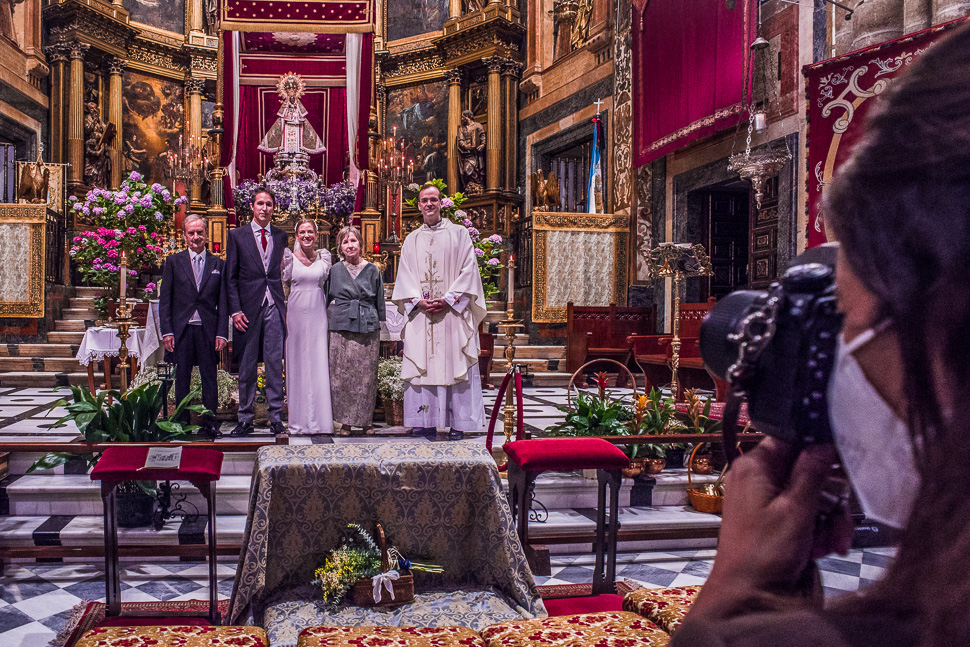
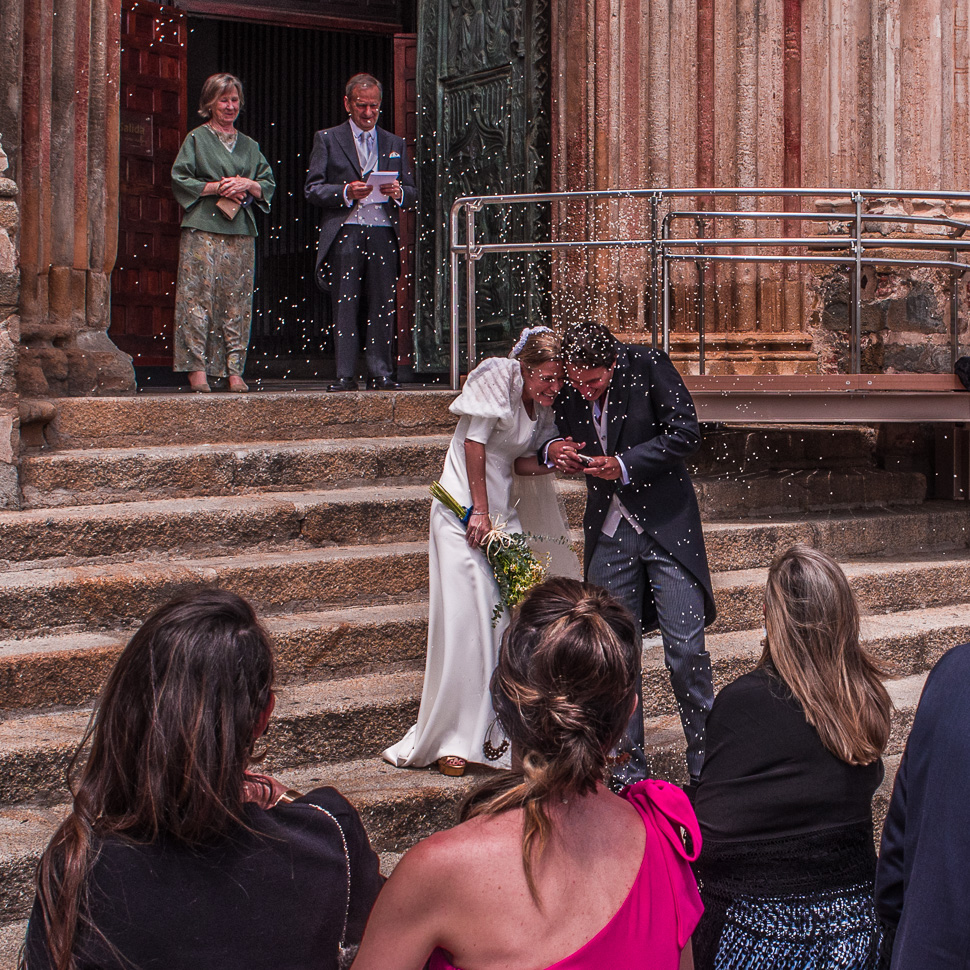
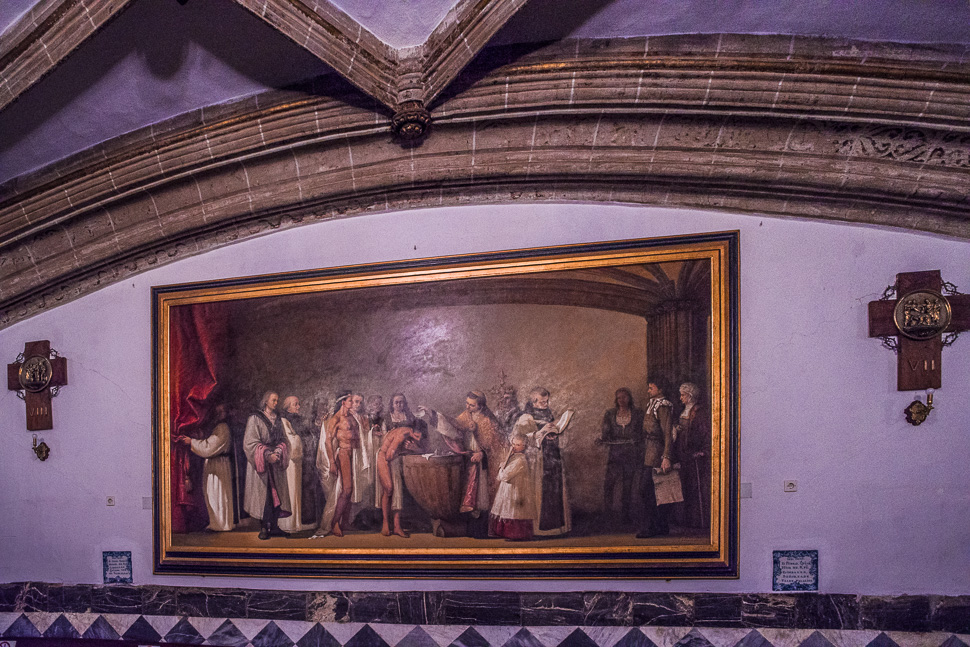
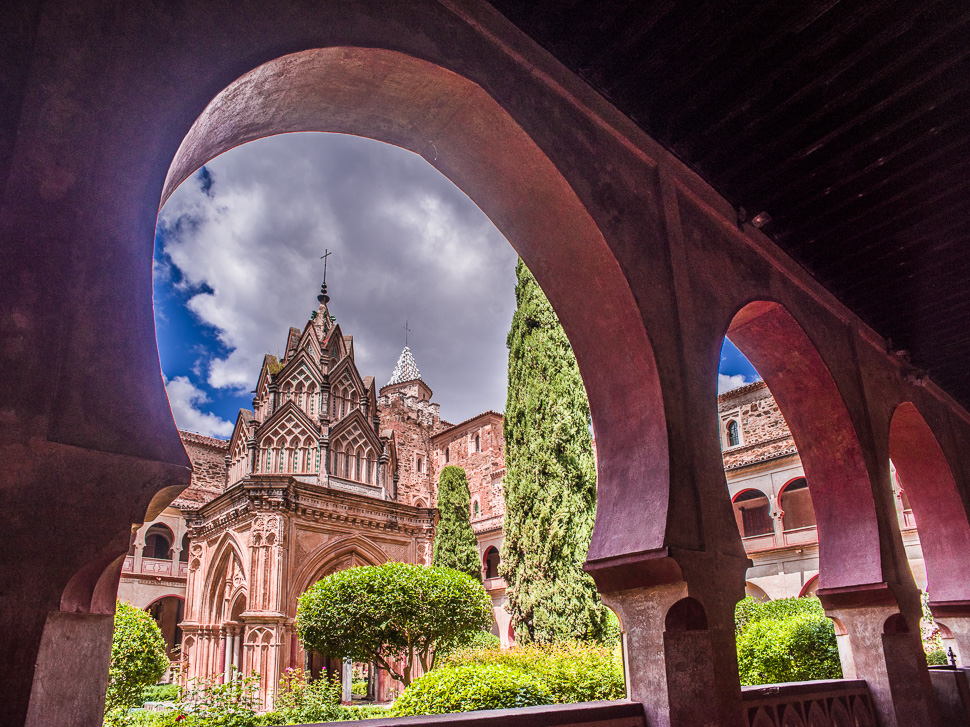
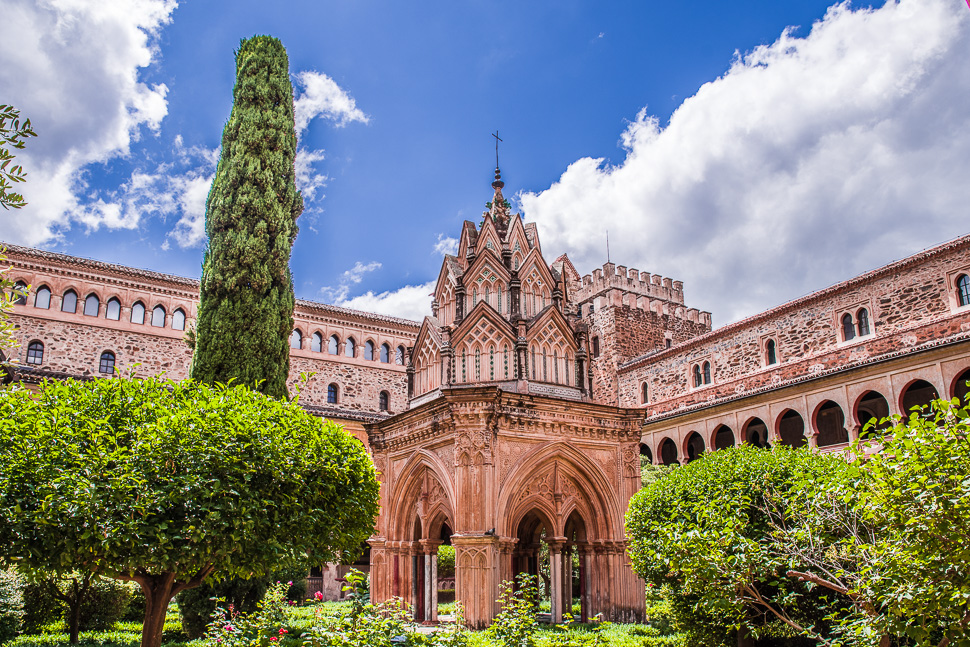
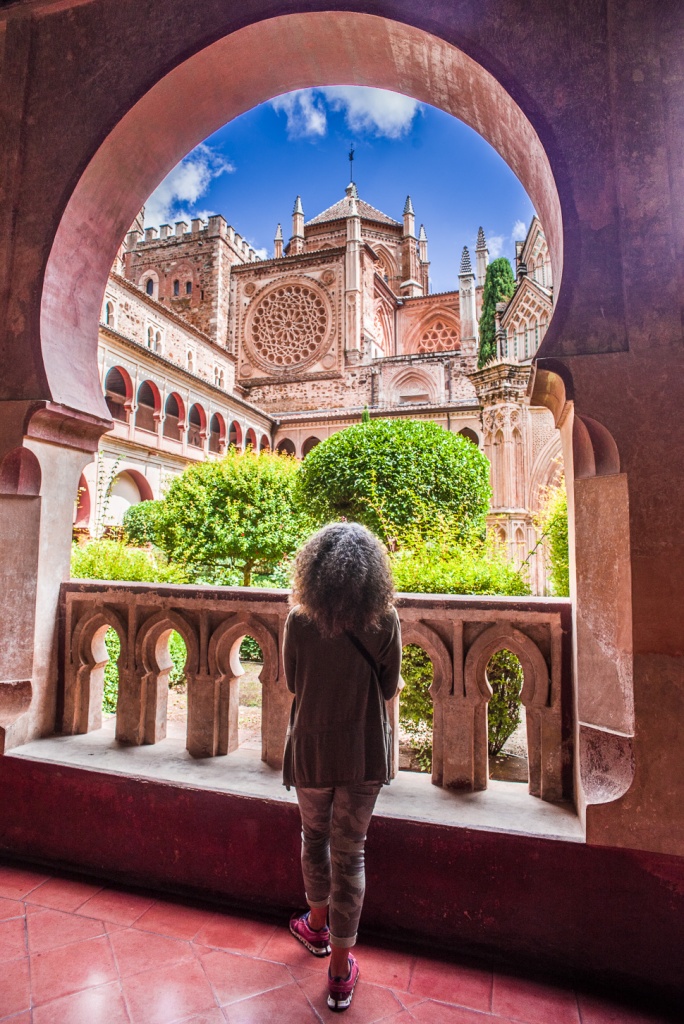
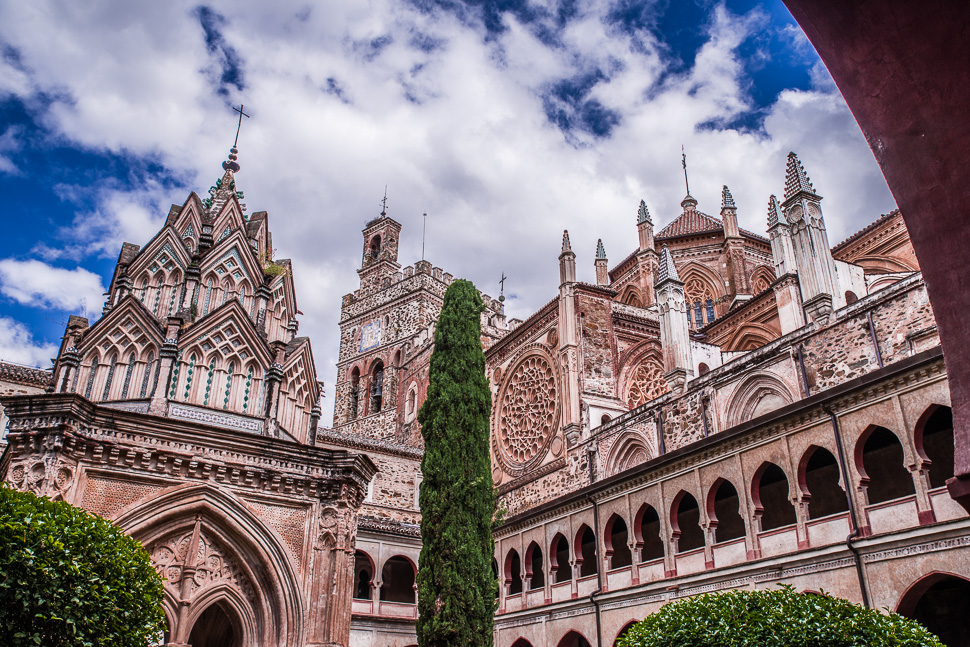
Our Lady of Guadalupe is one of three Black Madonnas in Spain. Since at least the late 14th century, the wooden figures (Maria and little Jesus) have been clothed in embroidered and brocaded vestments, allowing only their faces and hands to appear. Costly robes, suitable for the Queen of Heaven, were often elaborately stitched in gold thread and set with precious gems, attesting to both the honour befitting the Virgin and the wealth of the donors.
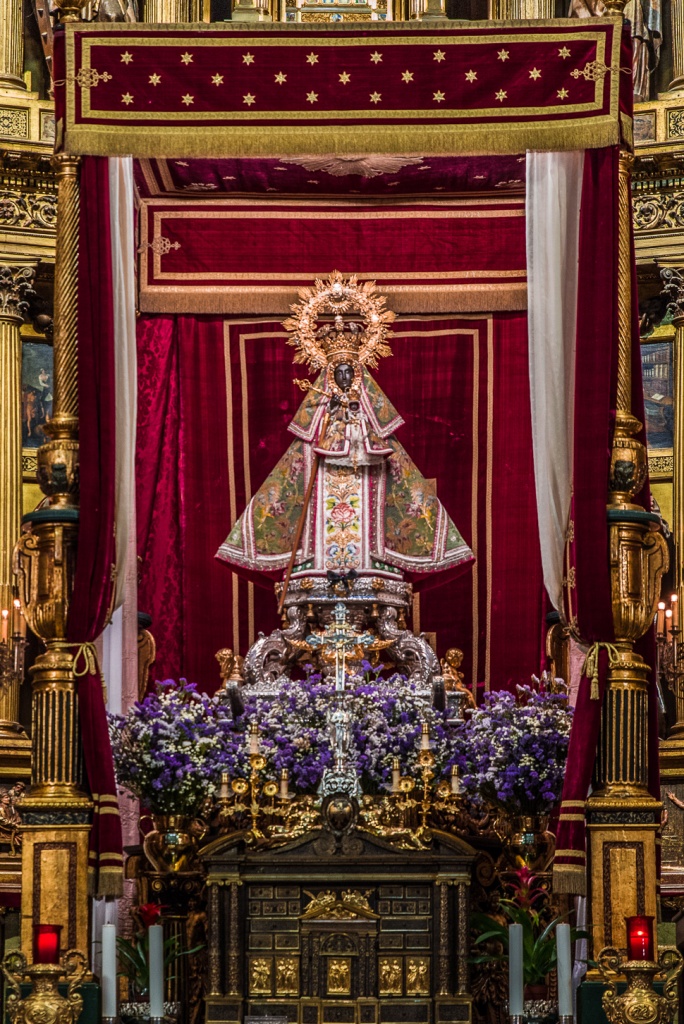
During our tour through the cloister, we visited the room, where all the possessions of the Lady of Guadalupe are kept. She owns not only a selection of precious robes, but also crowns from silver and gold, richly decorated with gems.
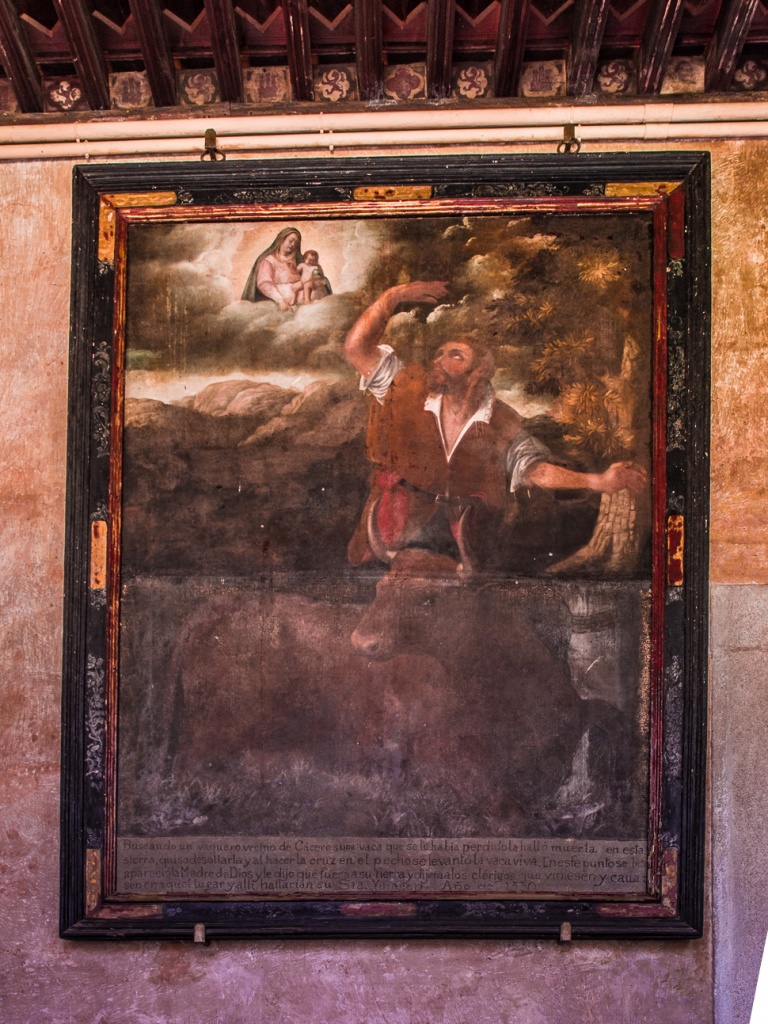
Of course there is a story about the foundation of the monastery: Virgin Mary appeared one day to a humble cowboy named Gil Cordero who was searching for a missing animal in the mountains. Cordero claimed that the Virgin had saved his cow and ordered him to ask priests to dig at this site. The priests rediscovered a hidden statue of the Virgin Mary and built a small shrine around it which became the Guadalupe monastery.
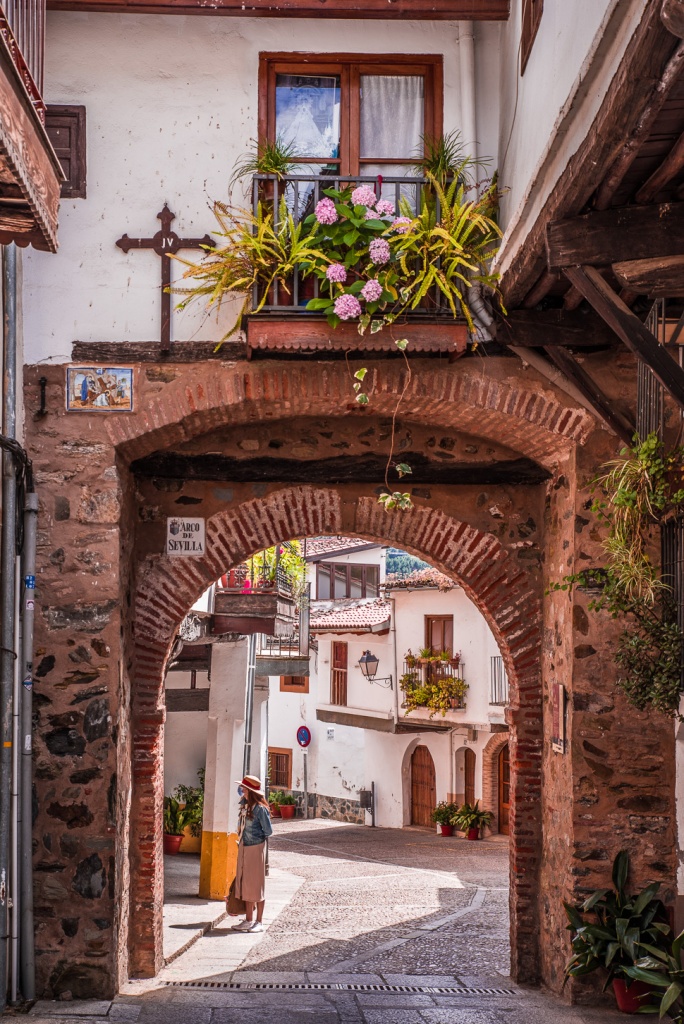
Our pensum for churches is now truly completed for a while, that’s why we are looking for a Via Verde again, to explore the landscape and get moving! More on our next post!
